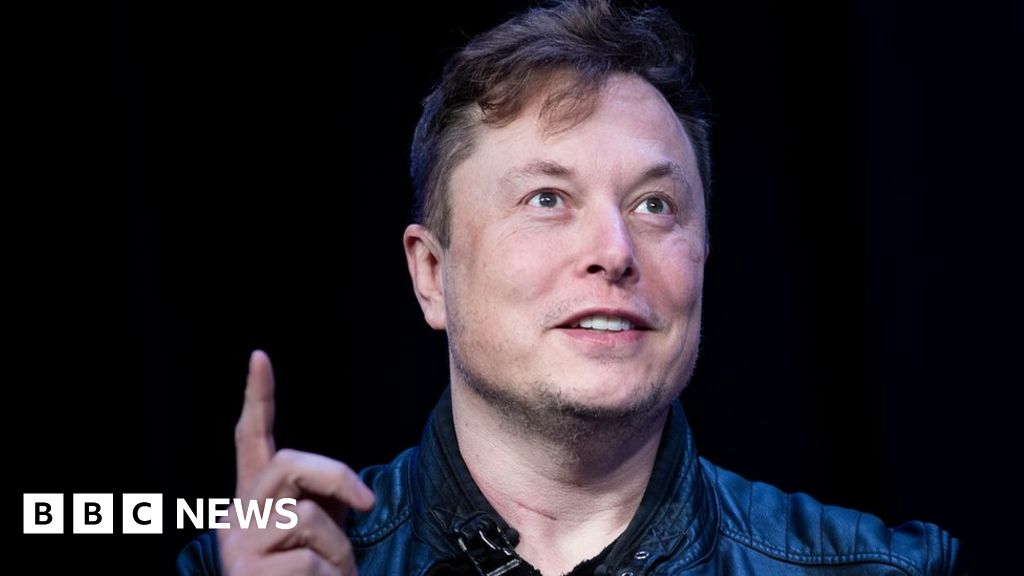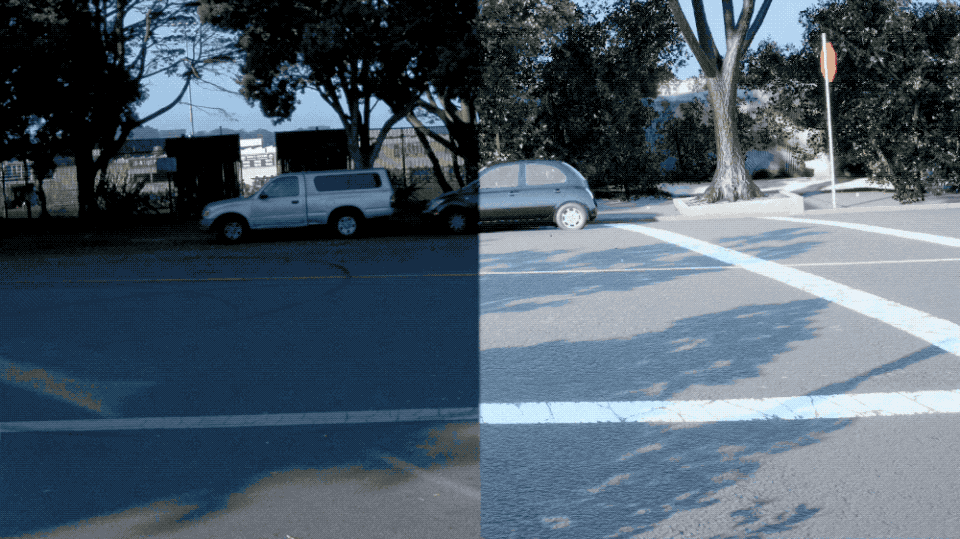What "basic functionality" means above is the critical point.
Elon Musk says full self-driving Tesla tech 'very close'
A future software update could activate full "level-five" autonomy in cars, the Tesla founder says.www.bbc.com
"I remain confident that we will have the basic functionality for level five autonomy complete this year.
"There are no fundamental challenges remaining.
A year ago today.
Elon touched on that on Autonomy day in 2019.
"There’s 3 steps to self-driving: there’s feature complete, then there’s feature complete to the degree that … where we think that the person in the car does not need to pay attention, then there’s at a reliability level where we also convince regulators that that is true"
Elon Musk says Tesla will have 1 million robo-taxis on the road next year, and some people think the claim is so unrealistic that he's being compared to PT Barnum
So in Elon's book "feature complete" is essentially release of "City Streets" AKA end to end L2 as some people call it. "basic functionality" likely refers to the same thing. It seems he expected to release that feature by end of 2020 and that obviously didn't happen. It's not clear if that feature would be ready to release even by the end of this year.
There's still a huge gap between end-to-end L2 and L5 and it seems Elon underestimates the challenge there (it's possible to have a great end-to-end L2 system and never reach L5).
Last edited:



